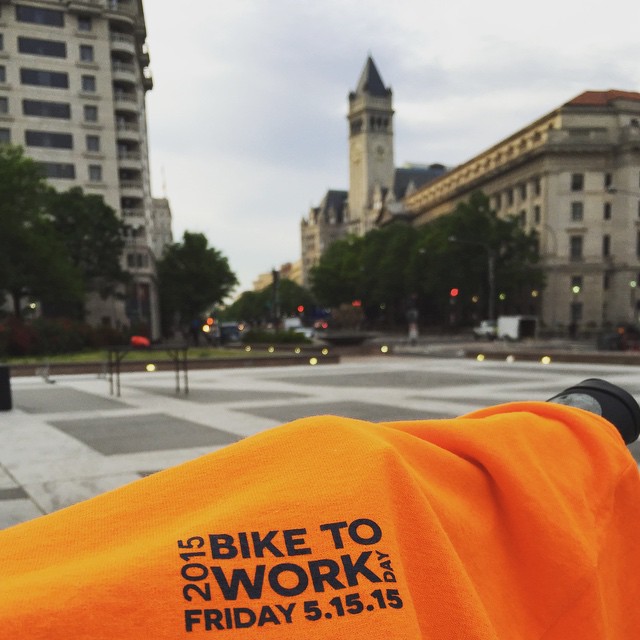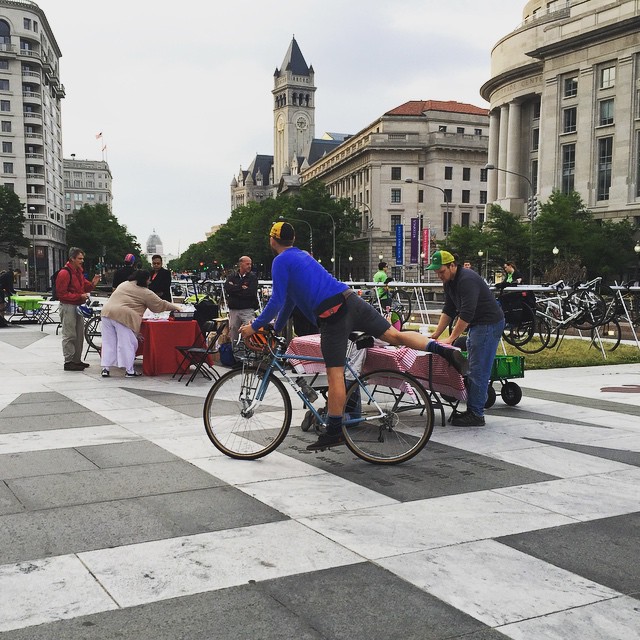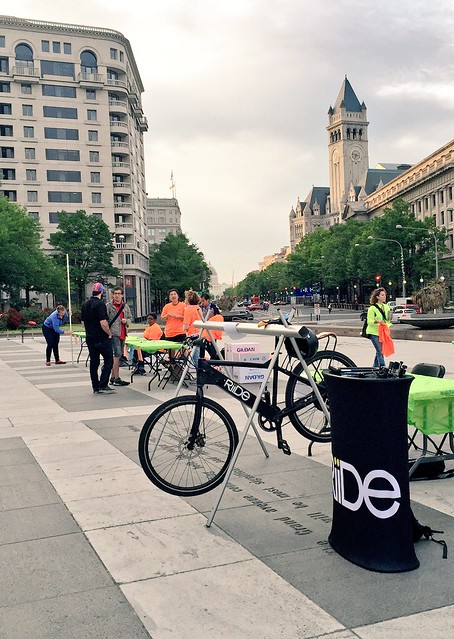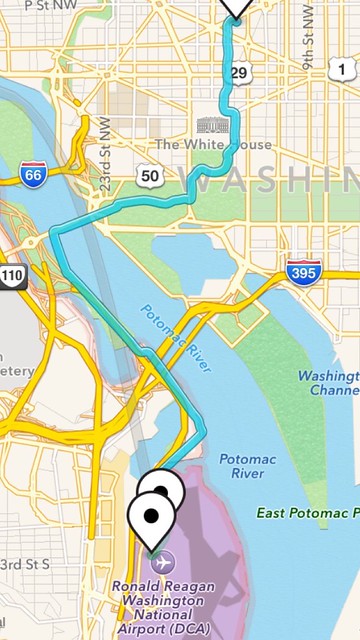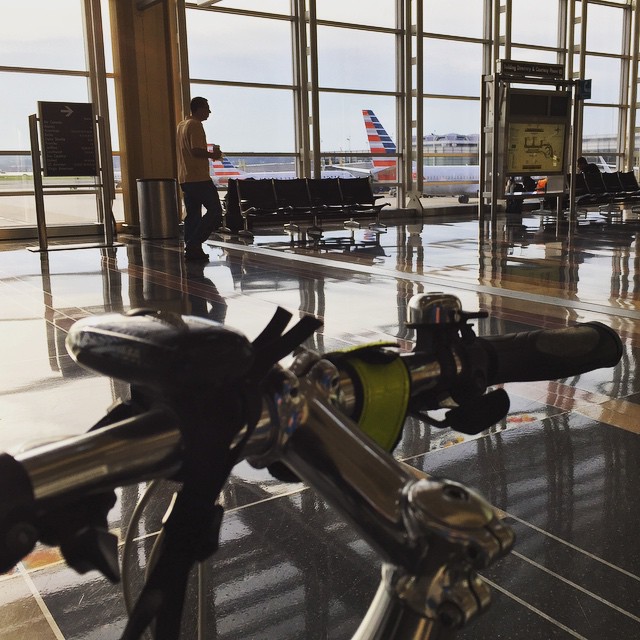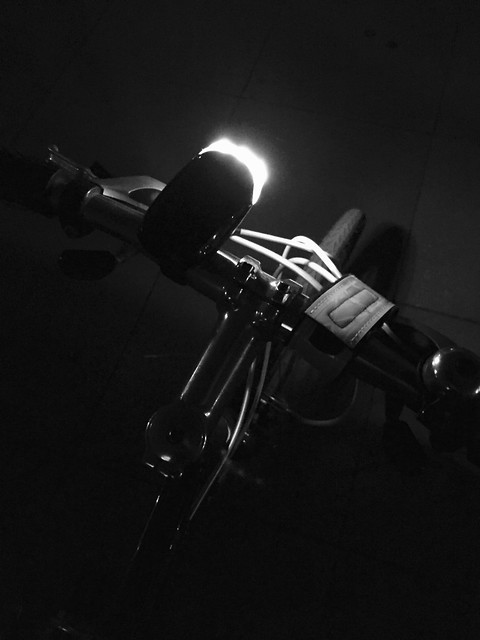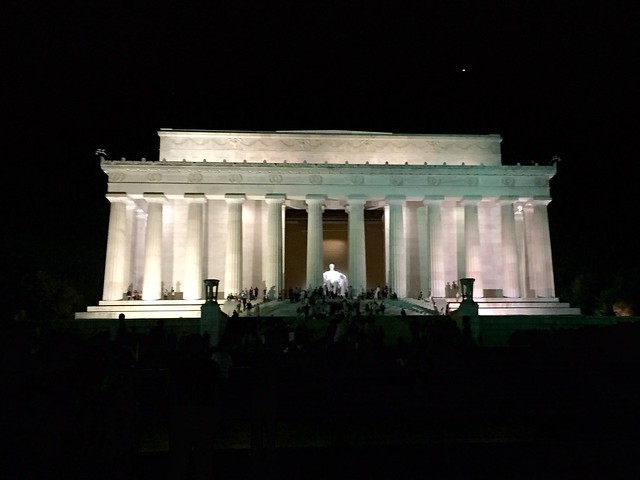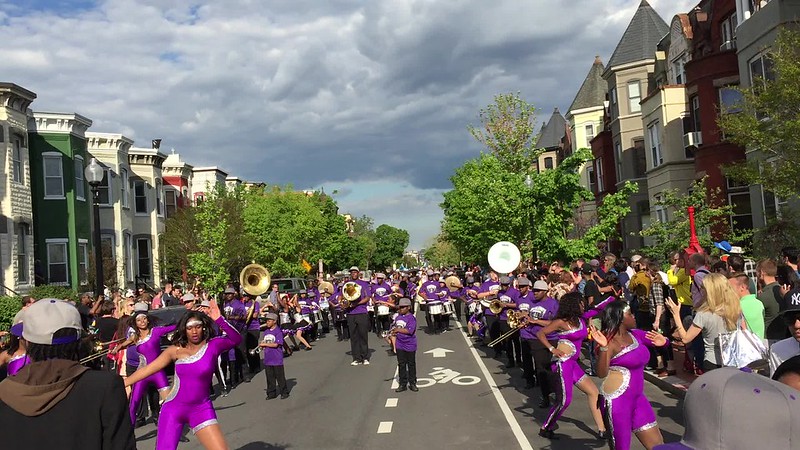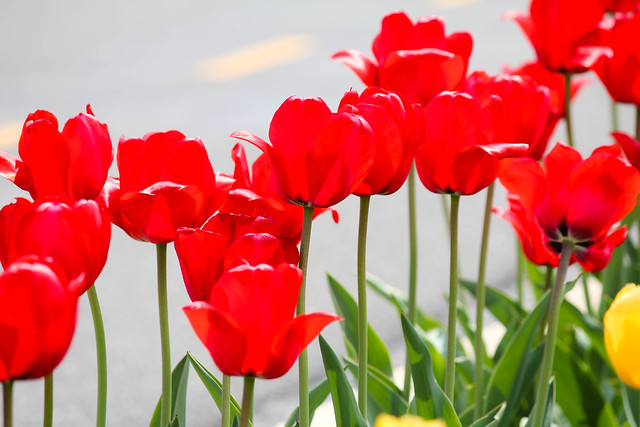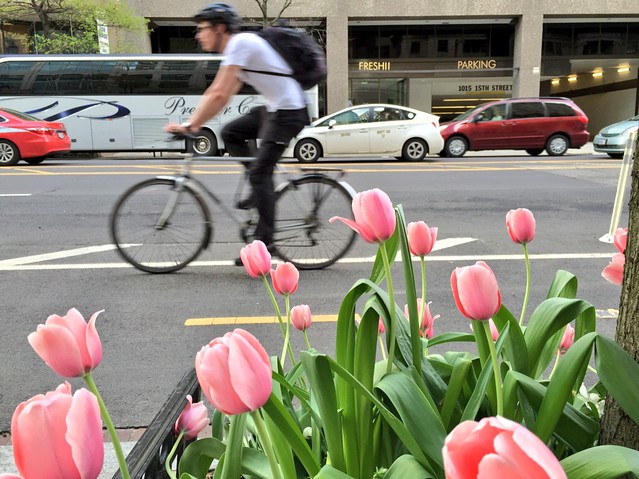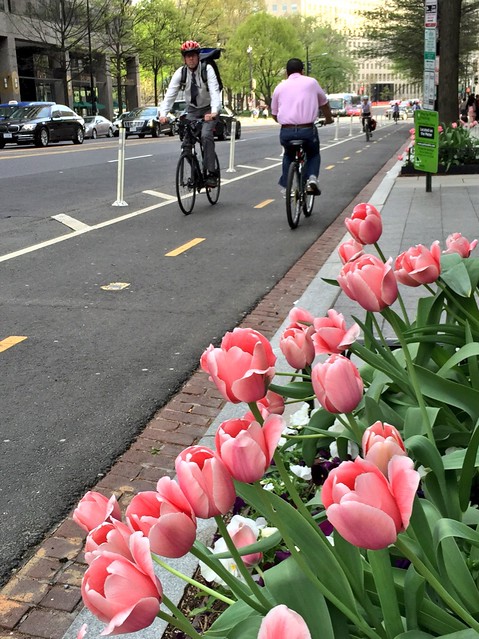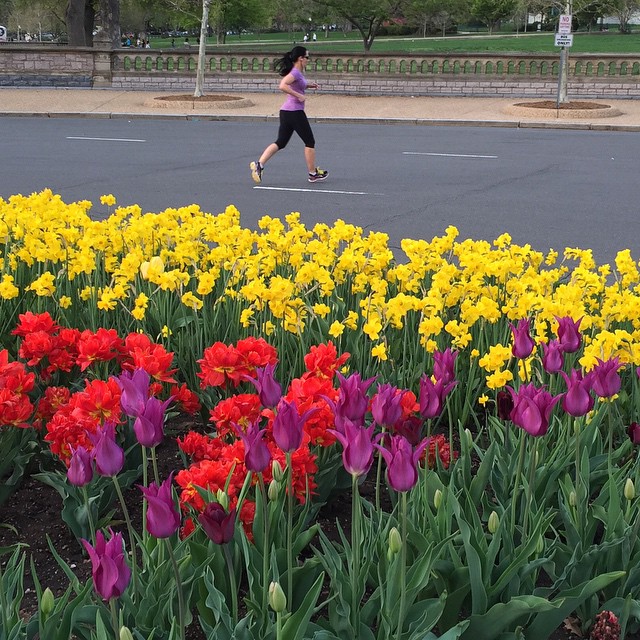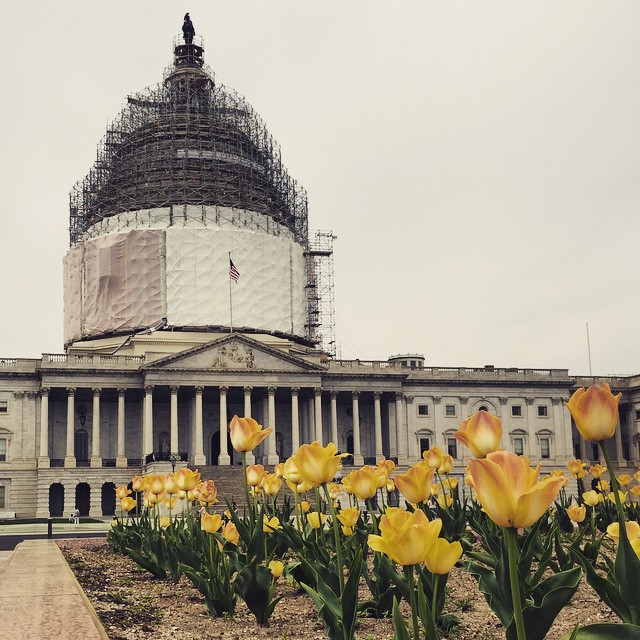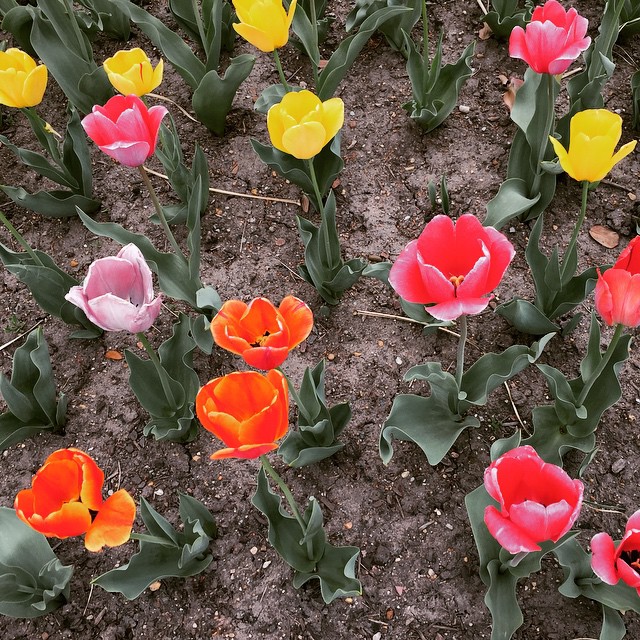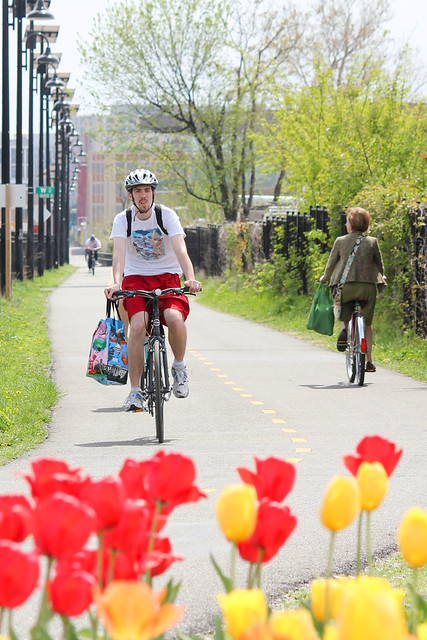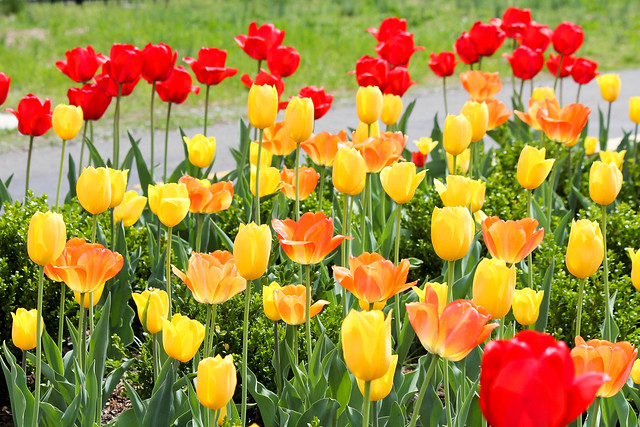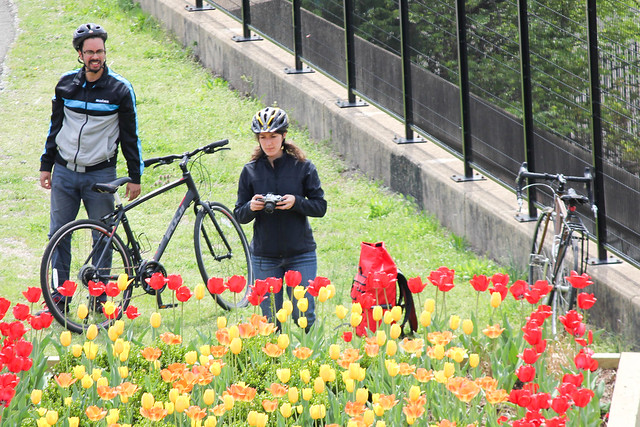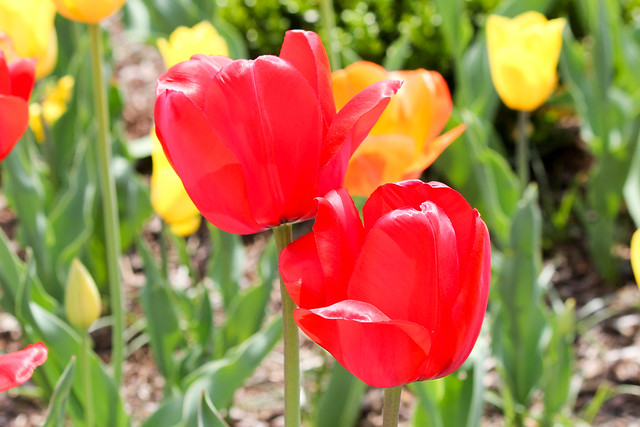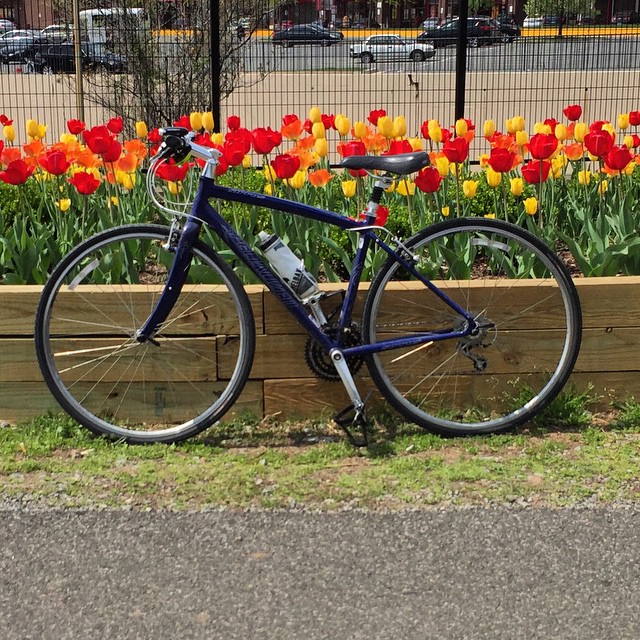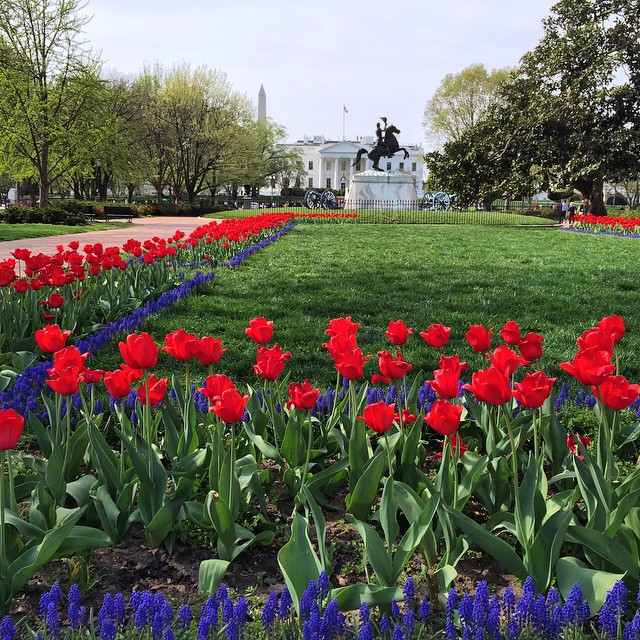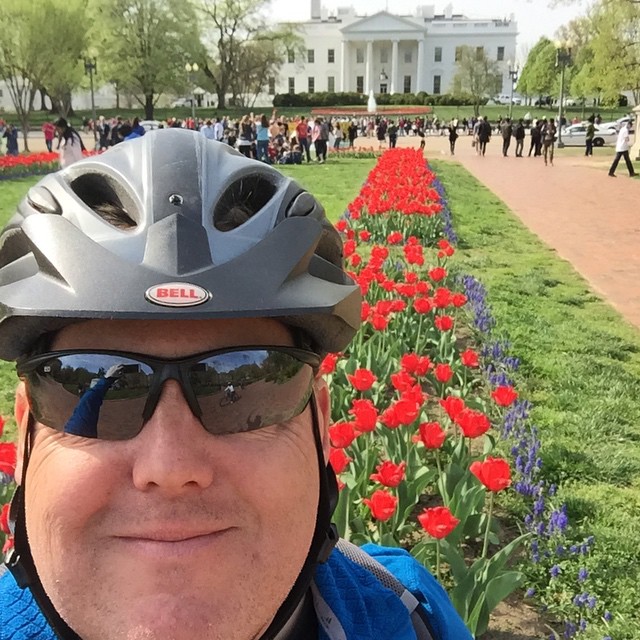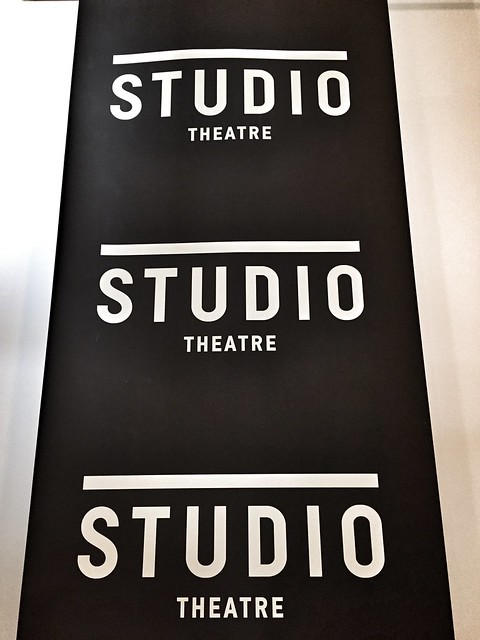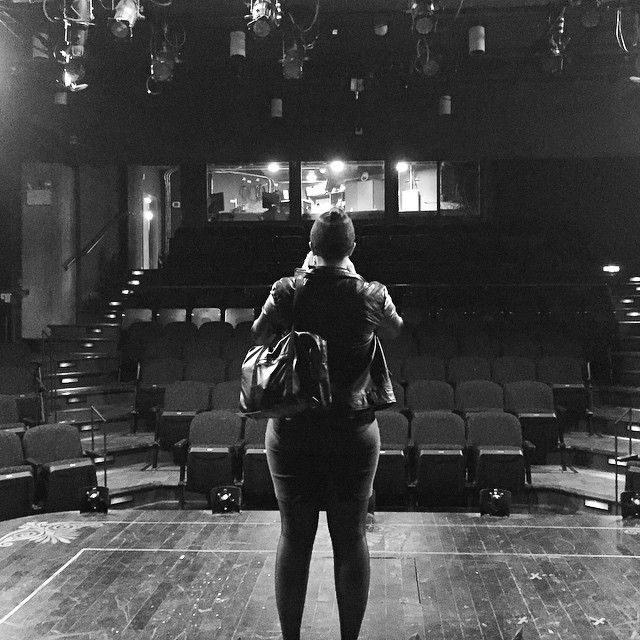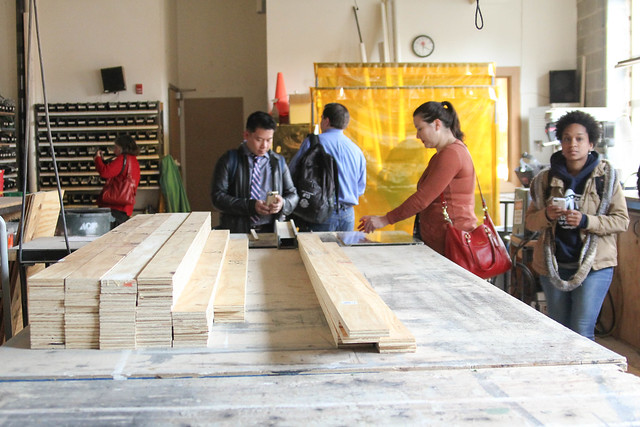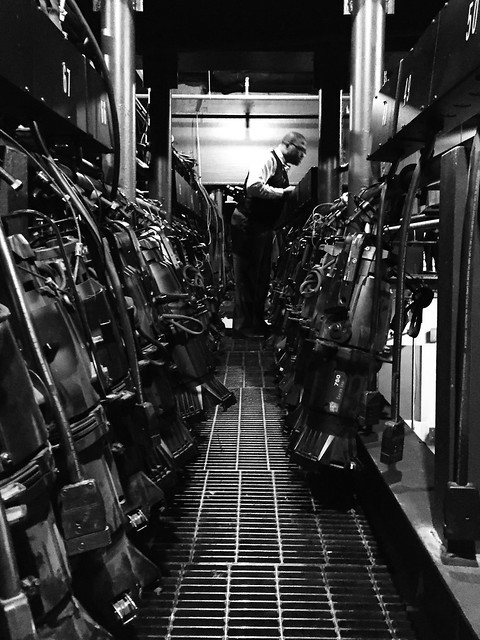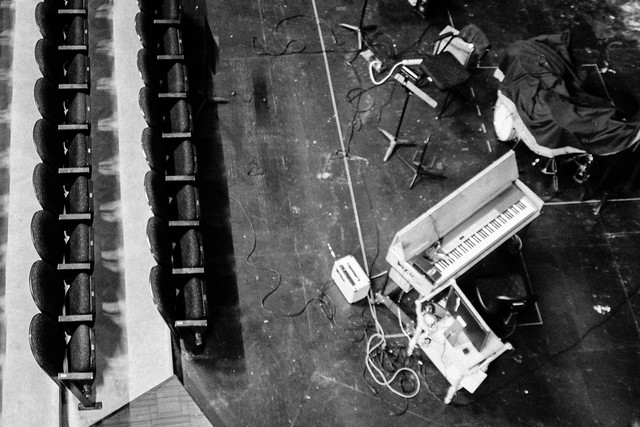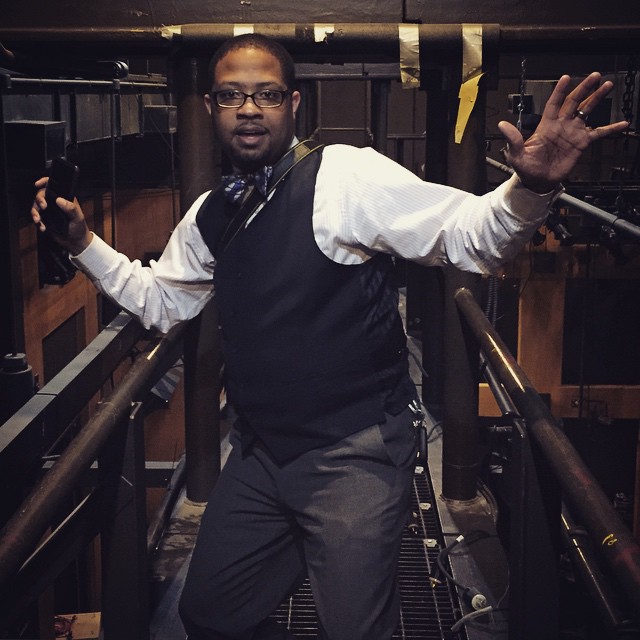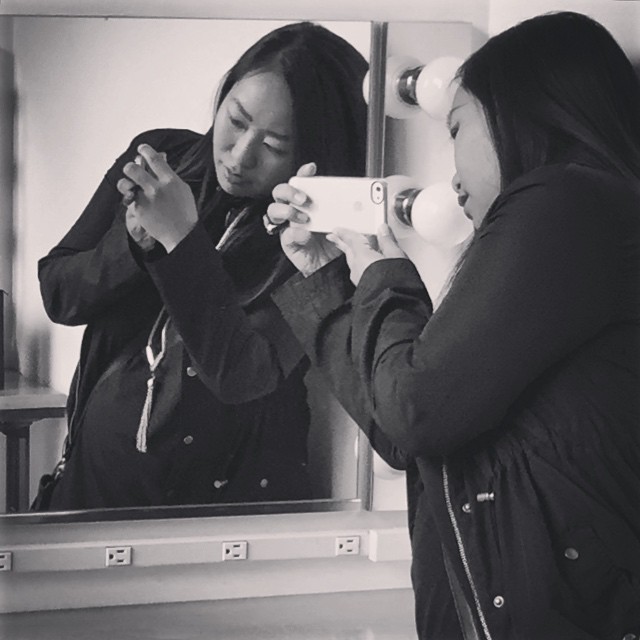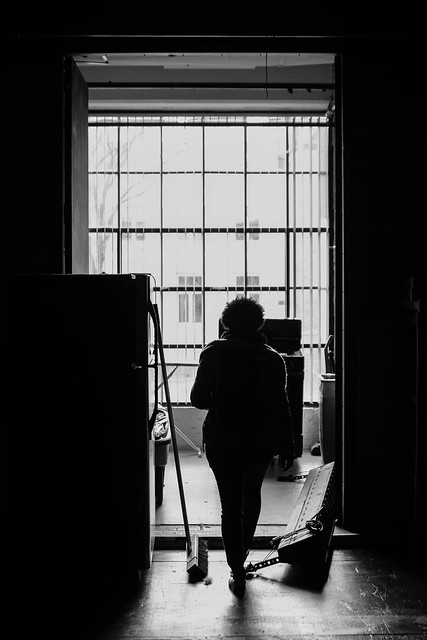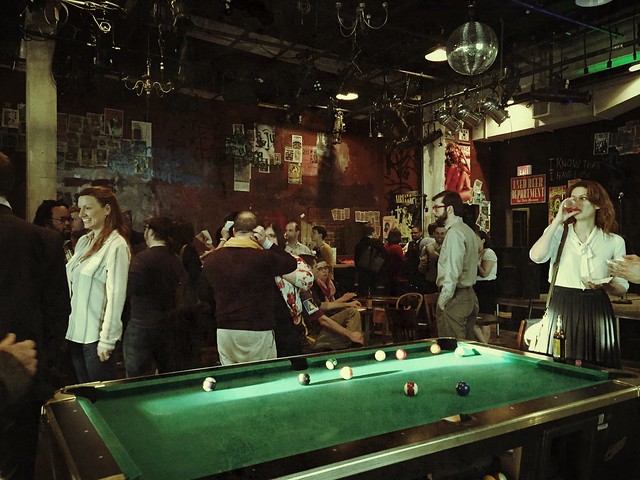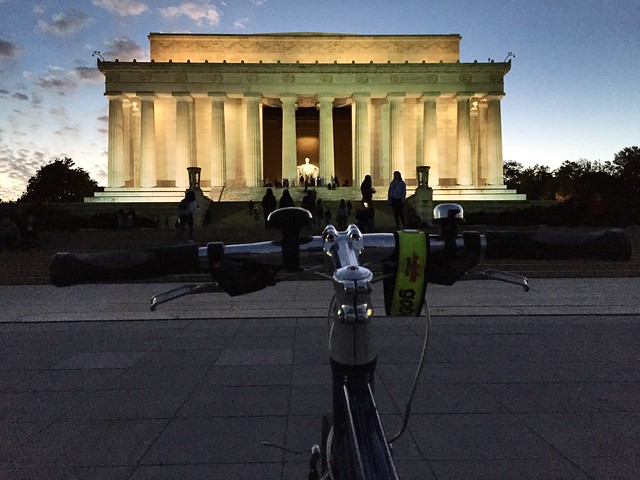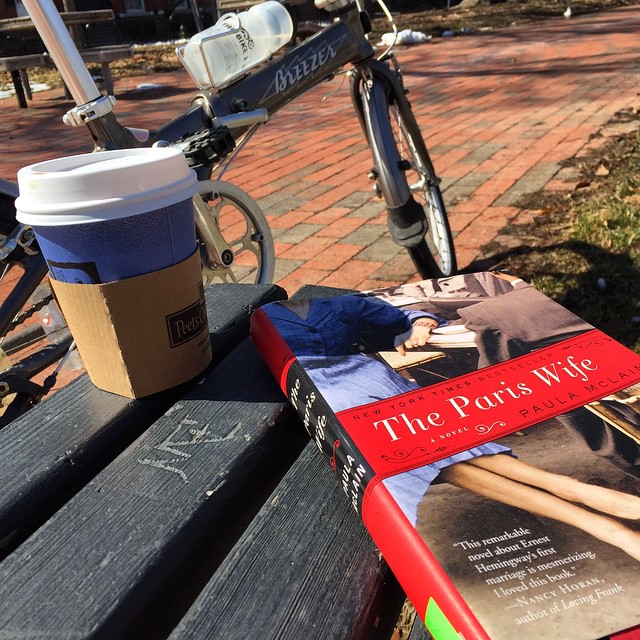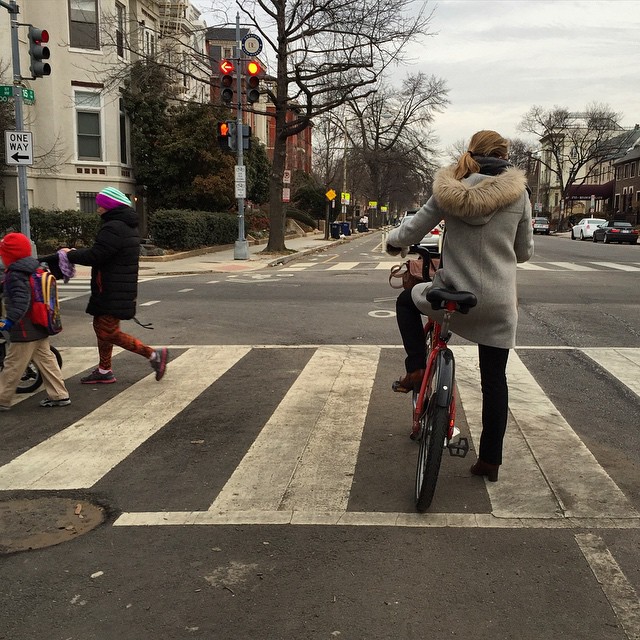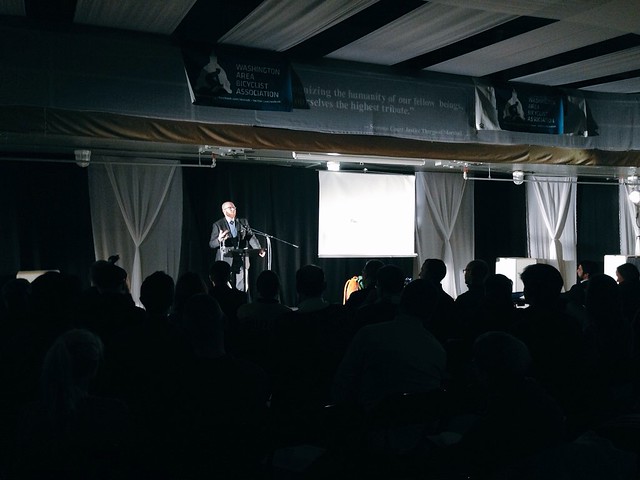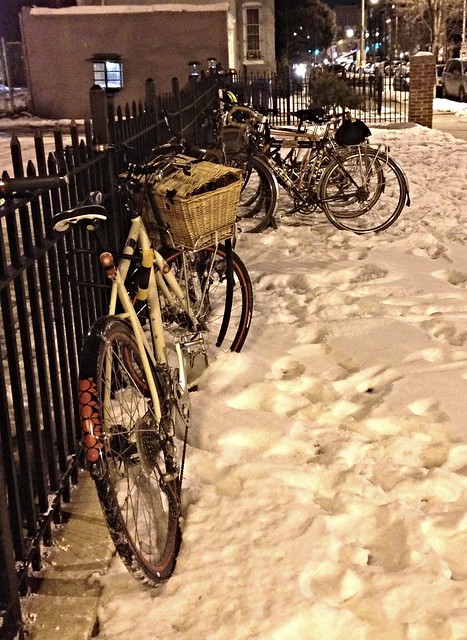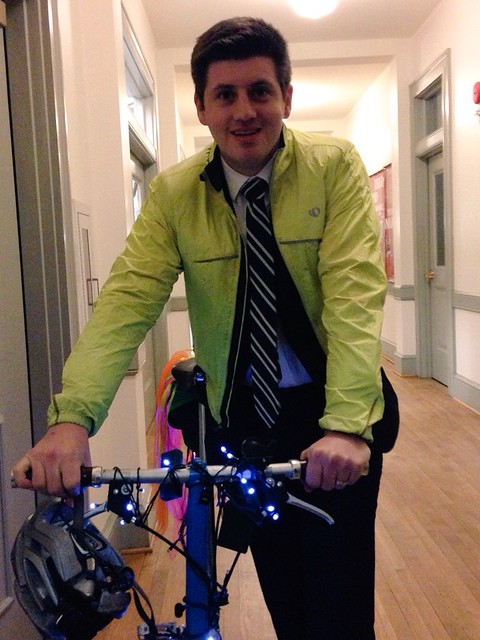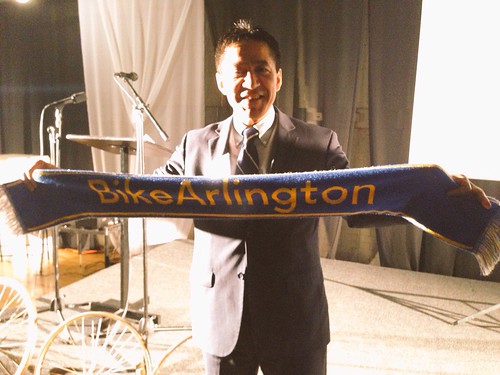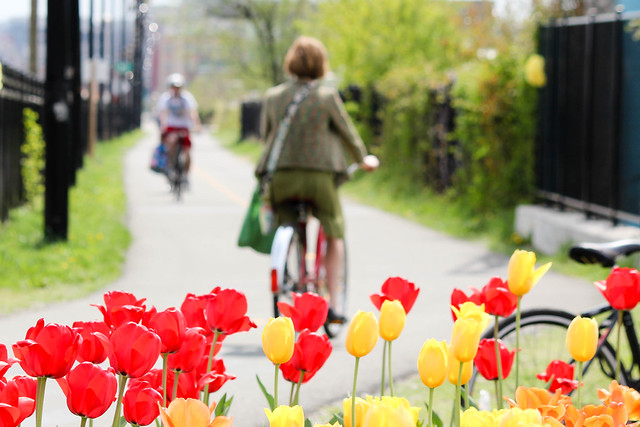
There’s a perception that biking is something that’s only done by men on expensive road bikes aka MAMILs (middle-aged men in lycra).
But, if you bike around DC like I do, you see just about every kind of person in the bike lanes – female executives on red Bikeshare bikes, bearded hipsters on fixies, Salvadorans on beat-up mountain bikes, students on vintage cycles, eccentrics on Bromptons and even whole families on cargo bikes.
For an all too-brief spell, we had an enlightened city government that invested in bike infrastructure, such as the 15th Street Cycletrack, a bike lane protected by a line of parked cars. This made biking safe for everyone – I even see little kids in the cycletrack. And during rush hour, there’s a traffic jam of bikes in the bike lane.
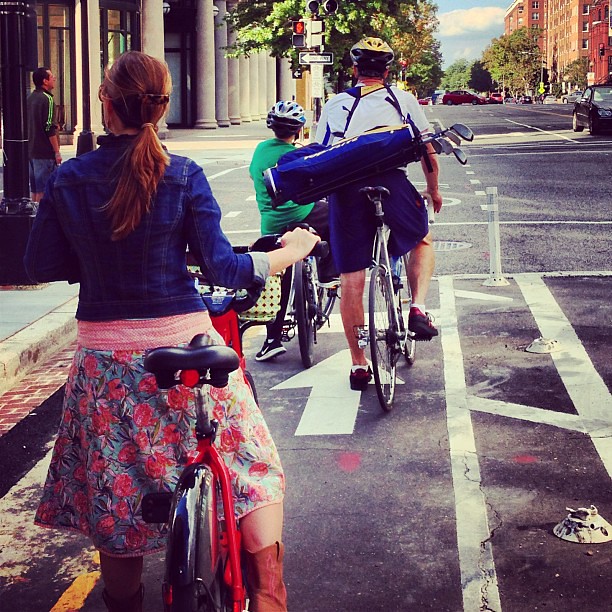
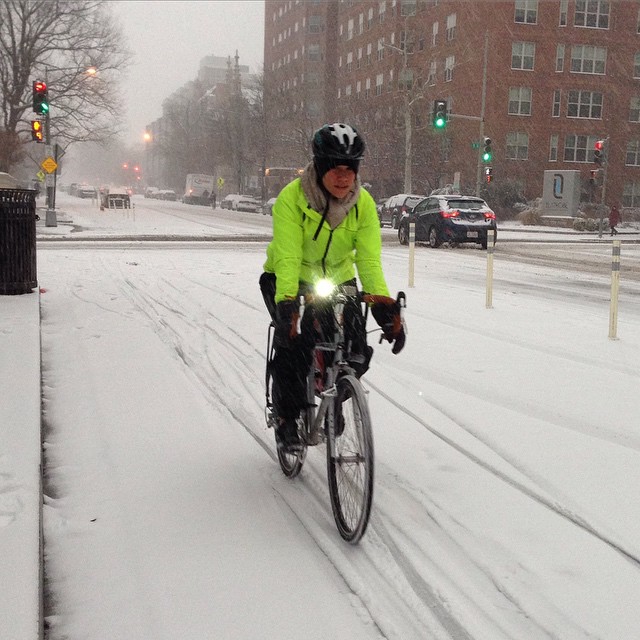
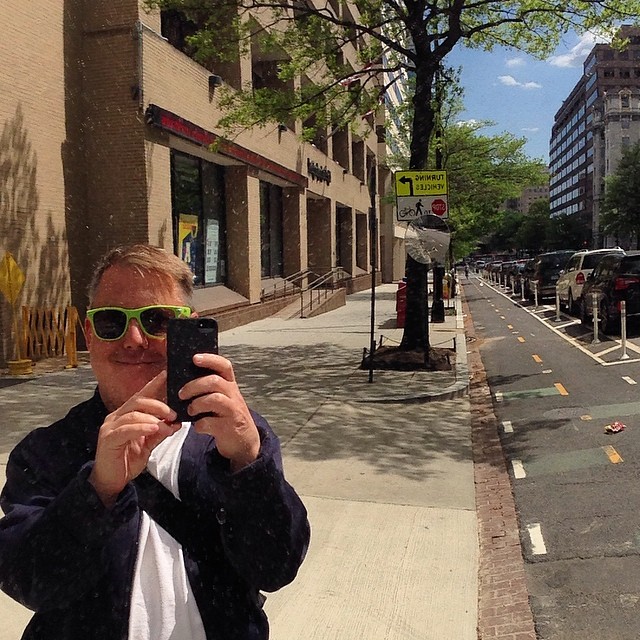
“You’d have to be crazy to bike around DC.” I heard that regularly twenty years ago, when I biked. You only biked on the weekends, and on trails like Rock Creek Park – but you’d never think to bike during rush hour, because it was way too dangerous.
Protected bike lanes, Capital Bikeshare and other advancements normalized the idea of biking in the nation’s capital, turning an activity once done only by crazed bike messengers into something that even tourists could do. Washingtonians and visitors discovered that biking was the fastest way to get around town – and the most fun.
Capital Bikeshare deserves a huge amount of credit for this development, making biking easy – you don’t even need to own a bike anymore – and commonplace, as hordes of the ubiquitous red bikes spill out onto the streets every day.
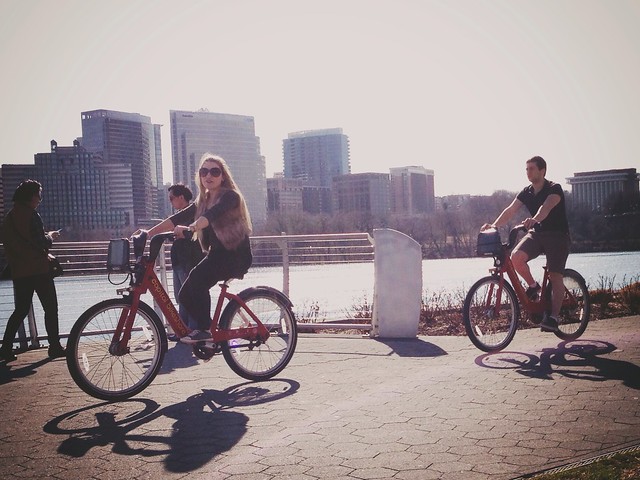
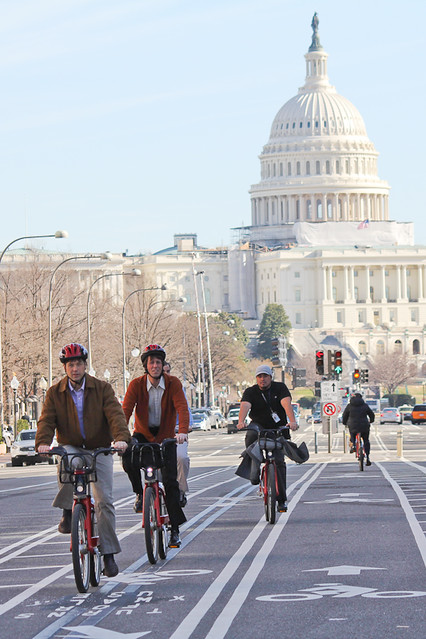
Biking in DC is no longer just the province of fit young men. Everyone rides now, a change that has been documented in the excellent Women of BikeDC series, which profiles female bike riders. There’s less racing and more slow riding. Fewer road bikes and more upright Dutch-style city bikes.
And with these changes has developed a tremendous sense of community, where cyclists get together at events like DC Bike Party and rides organized by BicycleSpace and others. You can also find them sharing information virtually using #BikeDC on Twitter.
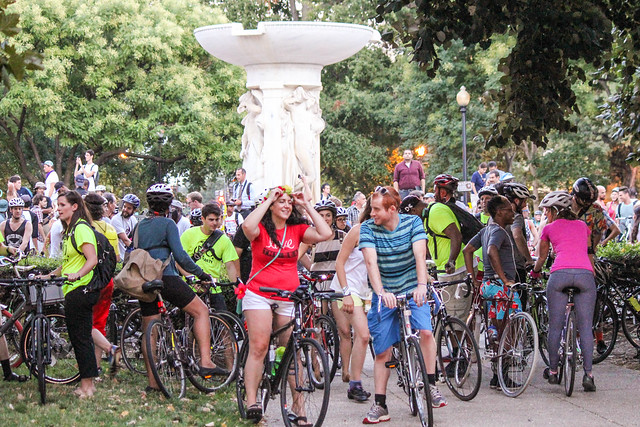
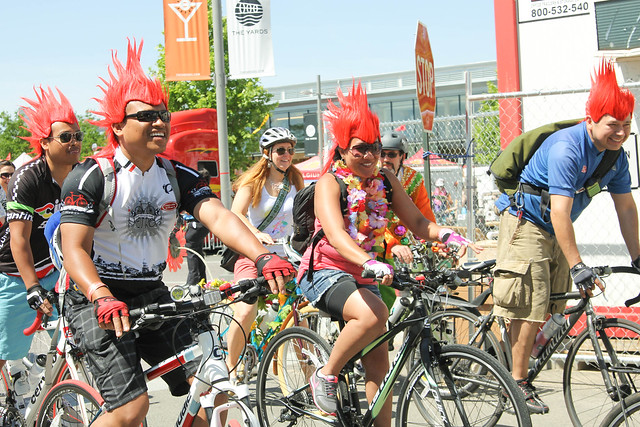
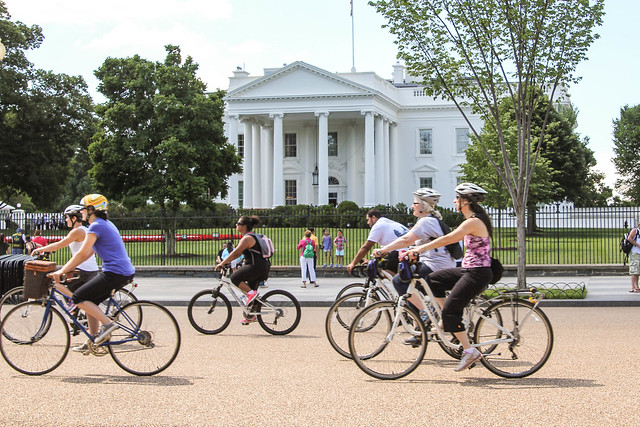
Biking has changed in DC. The face of biking is changing as well. Nelle Pierson was recently appointed as interim director of the Washington Area Bicyclists Association. If someone is going to represent #BikeDC, than I can think of no one better than Nelle Pierson. She’s creative, outgoing, rides every kind of bike and is great at expanding the bike community, like with her Women and Bicycles program which matches up new cyclists with mentors.
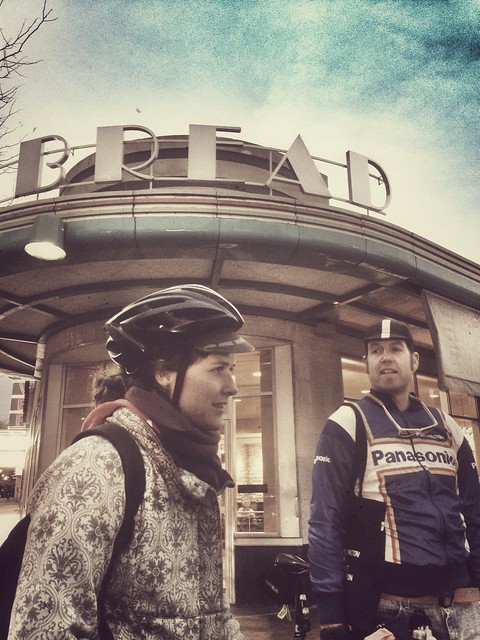
I first met Nelle a couple years ago at a WABA happy hour. She was there with her mom and the two of them had rode over on a tandem – how cute is that?
The great thing about biking in this city is the chance to run into your #BikeDC friends. You meet people at events and then see them biking around town. Sometimes, you even stop and chat for a moment, something you could never do in a car.
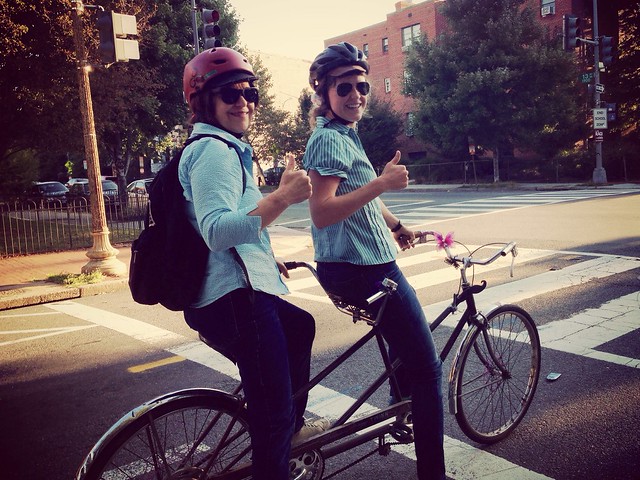
All this amazes me. Protected bike lanes, Capital Bikeshare, #BikeDC – I never would’ve imagined this and I love every bit of it.
This progress was possible due to the efforts of WABA. A strong WABA benefits everyone who bikes in DC. If you haven’t joined already, join! Help Nelle and WABA make biking easier and safer in DC.
I can’t wait to see what happens next as the biking community in DC grows and expands. We may never be Copenhagen. But we can aspire to be a city where biking is safe, normal and fun.


